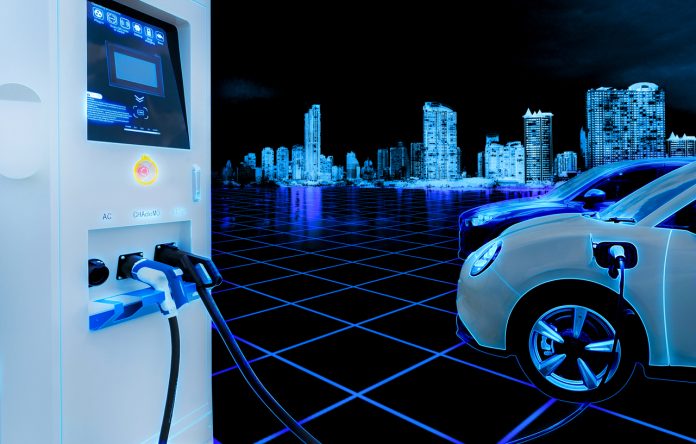The Rush to Electric Vehicles: The Change We Cannot Stop
The ICCT (International Council on Clean Transport) issued a report from Berlin, Germany, in February of this year stating, “From the extraction of raw materials to its operational phase, battery electric trucks produced in Europe today can deliver the largest greenhouse gas (GHG) emission reductions over their lifetime.”
Plain and simple, the future is now for EVs.
This is in reaction to many saying that electric vehicles cause more pollution and greenhouse gas emissions than they advertise.
Another powerful voice, the US EPA (Environmental Protection Agency), produced a report to debunk the following misconceptions about Electric vehicles. The EPA challenged the following myths about electric vehicles:
Myth #1: Electric vehicles are worse for the climate than gasoline cars because of the power plant emissions.
Myth #2: Electric vehicles are worse for the environment than gasoline vehicles because of battery manufacturing.
Myth #3: The increase in electric vehicles entering the market will collapse the U.S. power grid.
Myth #4: There is nowhere to charge.
Myth #5: Electric vehicles don’t have enough range to handle daily travel demands.
Myth #6: Electric vehicles only come as sedans.
Myth #7: Electric vehicles are less safe than gasoline and diesel vehicles.
Science is always ahead of the marketplace. When IBM made the first computers with far less computing power than our handheld smartphones, it filled a room 50 feet long and eight feet tall.
Science has given us jet transport, allowing us to fly anywhere in the globe in hours. Advances in agriculture to feed a planet of over 8 billion and medicine to keep those people alive.
Electric vehicles are, in fact, an inevitability. Just our acceptance of them and their ability to integrate will take time. We are in the infancy of EV production and use.
Proof in point is the rush of the government of Canada and the province of Ontario to invest billions upon billions of our dollars into the production of EV vehicles and batteries.
The urgency as the government sees it is that if we don’t encourage EV production with these monetary incentives, the plants, the production, and the labor force to produce them will occur in other countries. Canada and Ontario are protecting our future with manufacturing plants and the scientific technology to build EVs and batteries here instead of elsewhere.
Acceptance of EVs in the trucking industry or for the vehicle you and I drive to work or the store may not be quite here yet. But that certainty has been written in stone by those in science, business, and government. We only need to look at the computer smartphone in our hand to realize that change happens whether we want it to or not.



















